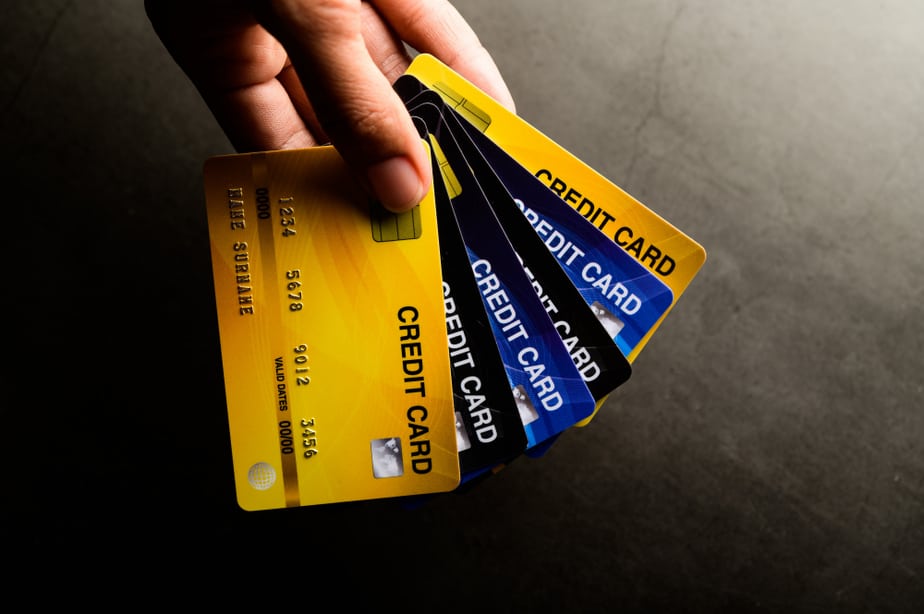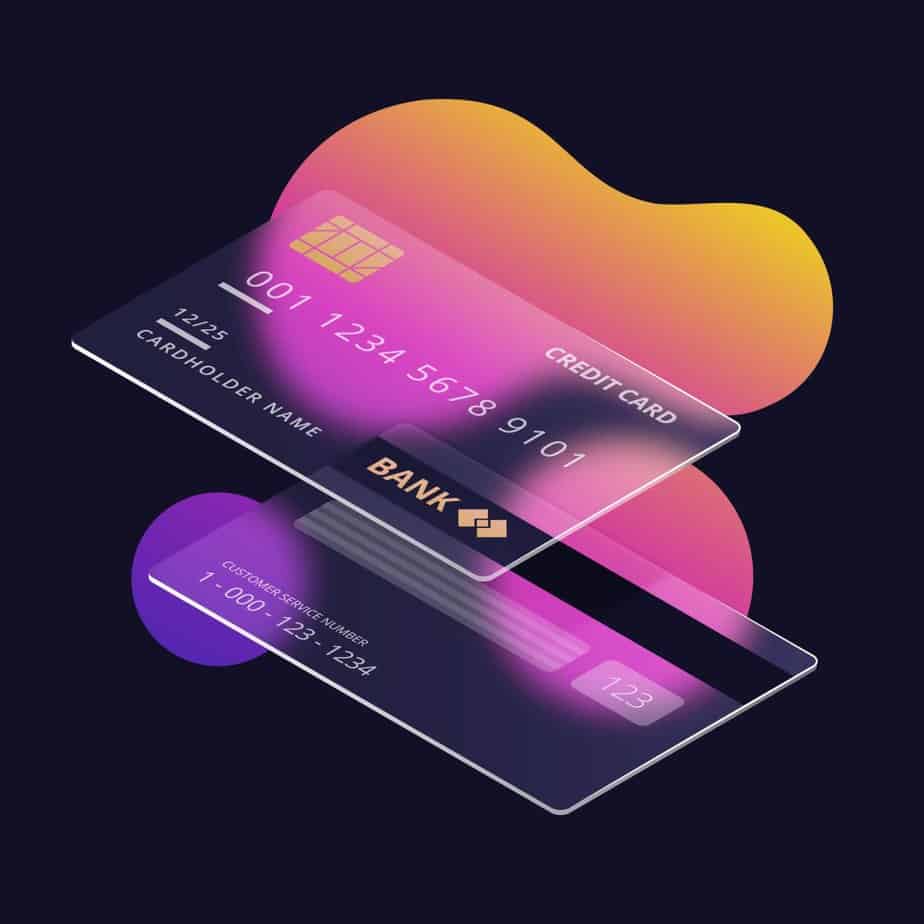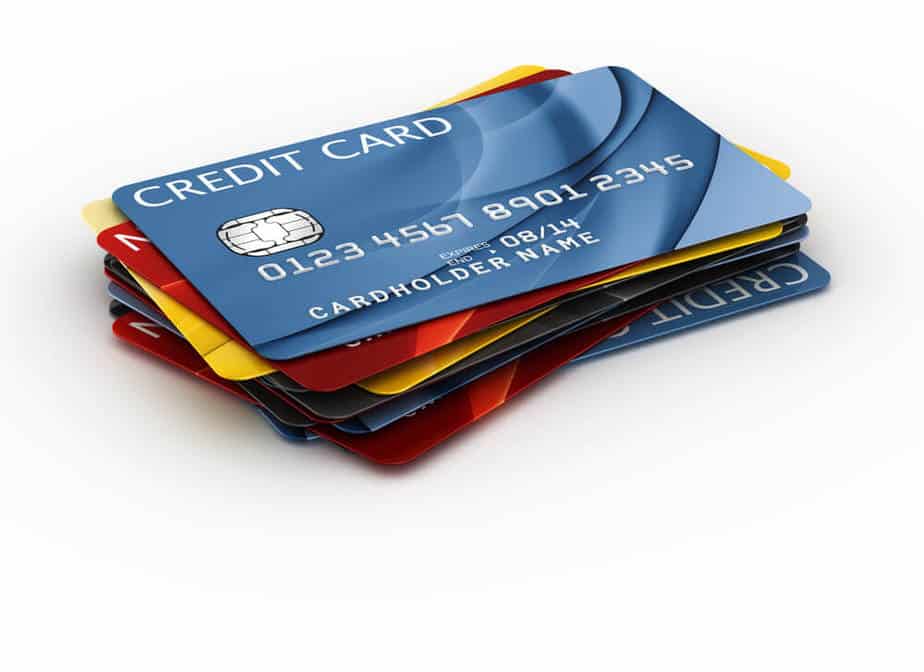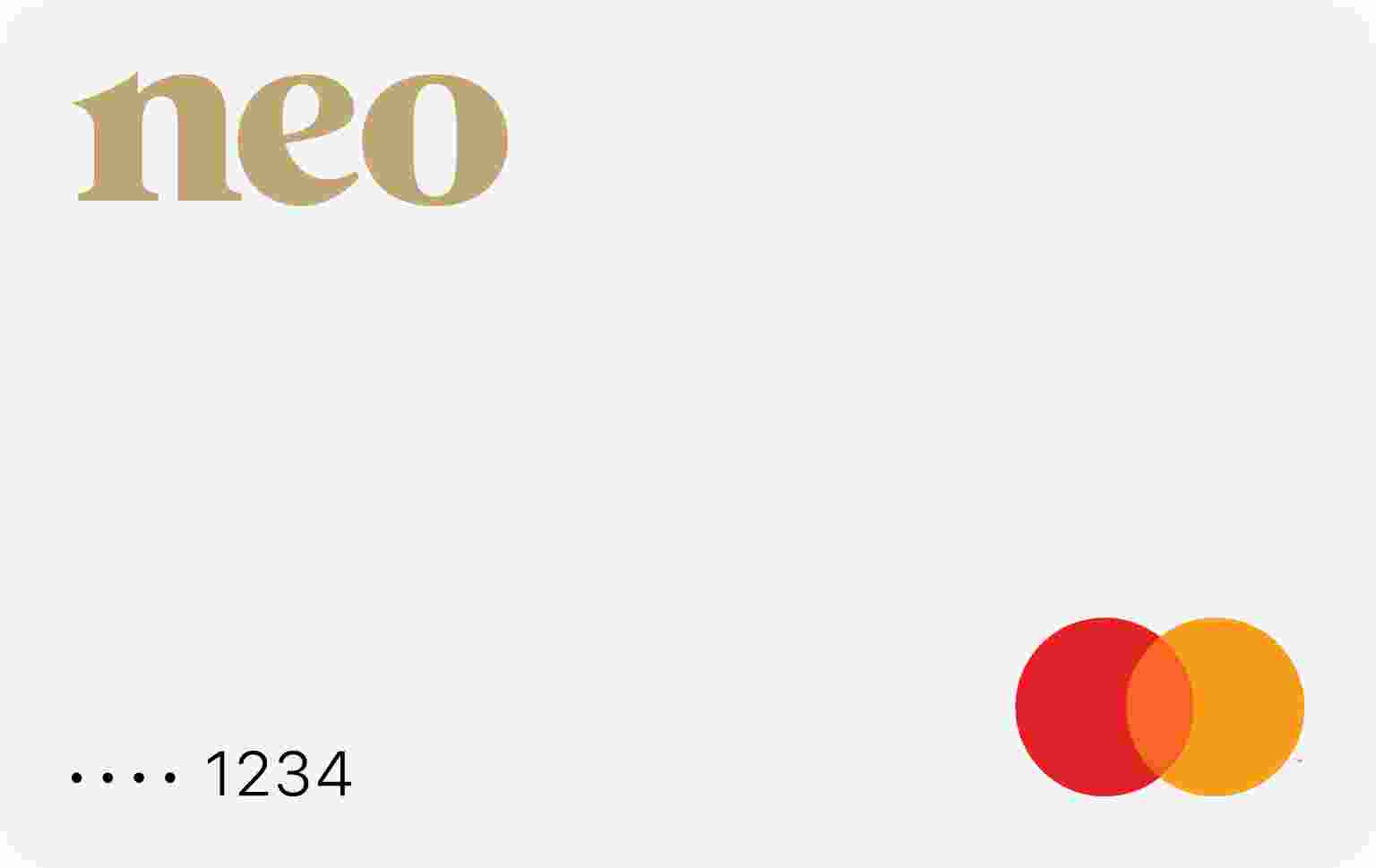A balance transfer credit card could be your solution to paying off your existing debt faster. But is it the right type of credit card for you? We lay it down for you – the upside and downside of balance transfer cards – to help you decide.
What is a balance transfer credit card?
A balance transfer card is a type of credit card with little to no interest rate. Banks and issuers use balance transfers to entice people with existing credit card debt to transfer their balances from one card to another. By transferring your high-interest balance to a 0% interest credit card, you save money on payments.
Why do I need a balance transfer card?
Consider this: The average Canadian held $3,954 in credit card debt in 2016. 40% of us carry a balance on our cards. With credit cards having an interest rate of 19.99% or more, you could be paying at least $790 per year in interest alone!
If you have a large credit card debt that does not seem to go away, then perhaps you should consider balance transfer credit cards. You can transfer your balance from a high-interest card to a balance transfer card and enjoy low (2.99%) to 0% interest rate for 6-12 months (or possibly a longer paying period).
How does a balance transfer work?
A balance transfer allows borrowers to consolidate their debt into a single credit card to save on interest payments. This also makes it easier for you to take stock of your debt, and track your balance and payments.
Here’s how it works:
- Depending on your credit score, you will be approved for a balance transfer credit card.
- Once approved, the issuer will ask for the following details: who you want to pay, their account numbers, and how much of the balanceyou are willing to pay.
- You can transfer your balances from gas cards, store credit cards and other types of credit cards to your balance transfer card.
- Like any other credit card, your balance transfer card has a credit limit. You can only transfer up to that amount.
- Once your card balance transfer is approved, the provider will contact your creditors and pay the amount you indicated. This process usually lasts for 1-2 weeks.
- You can also use checks tied to your balance transfer credit card to transfer non-credit-card balances to your new credit card.
Tip: Make sure to complete the transfer within 60 days from the date you opened your account. If you have payments due within this timeframe, make those payments by their due date to prevent late charges.
What are the balance transfer fees?
The balance transfer fee in 2017 was 3%. This means that you pay $300 in fee for a $10,000 balance transfer. Depending on how much you can save on interest charges, this may or may not be a good idea.
If you are lucky, you may find a 0% intro balance transfer rate as an ongoing promotion from a credit card company or bank. You can use an online calculator to compare credit card fees and compare offers.
What are the benefits of a credit card balance transfer?
Balance transfer credit cards are great for paying down credit card debt faster and for a lower interest rate. When used right they can:
- Help you catch up on your existing debt. By transferring your balance on a low APR card, you can save money from your interest. This can be used to pay for the principal balance so that you eliminate debt ina shorter amount of time.
- Make it easier for you to track your balance and payment. By consolidating your debts on one card, you only need to pay one creditor on one due date. Did you that know you can also transfer loans for appliances, cars, and other installment payments to your card? Just request for checks that are tied to your card.
- Enhance your financial well-being. By dividing the balance for a longer timeframe, say 12 months, you can finally catch up on payments.
What are the downsides of a credit card balance transfer?
While a balance transfer seems a good opportunity to pass up, it does not come without downsides. While a balance transfer seems like such a good opportunity to pass up, it does not come without its downsides.
Here are the cons of a credit card balance transfer:
- It requires a good credit score to get the best options.
- You could end up with higher APR if you don’t pay your balance in full at the end of the promotional rate.
- You may get disqualified for the low promo interest rate if you miss a single payment.
- A balance transfer could negatively affect your credit score. On the other hand, you can improve your score with consistent on-time payments each month.
With more credit available to you, you may be tempted to add more to your debt.
While there are downsides to a balance transfer, it is still worth considering for long-term financial planning. When used appropriately, it can help you save money and eliminate debt faster. If you are ready to choose a credit card for balance transfer, read some of our tips below.
How do I choose the best balance transfer credit card?
There are three features that you must evaluate when looking for a low balance transfer credit card:
- Interest rate
- Length of time of promotion
- Balance transfer fee
It is best to compare these features when choosing a credit card. A good credit card comparison tool can help you with this.
Tip: When choosing between balance transfer credit cards, assess whether you can save more with a 0% interest card with a fee, or a credit card with no fee but with a 2.99% interest rate. You don’t want to pay the 3% balance transfer fee just for the sake of a 0% interest promotion.
At the same time, look for cards that have a longer promotional period. This ensures that you can finish paying off your balance before the regular interest rate kicks in.
Need help finding the best balance transfer credit card? Check our website to compare credit cards and find the right one for you.





